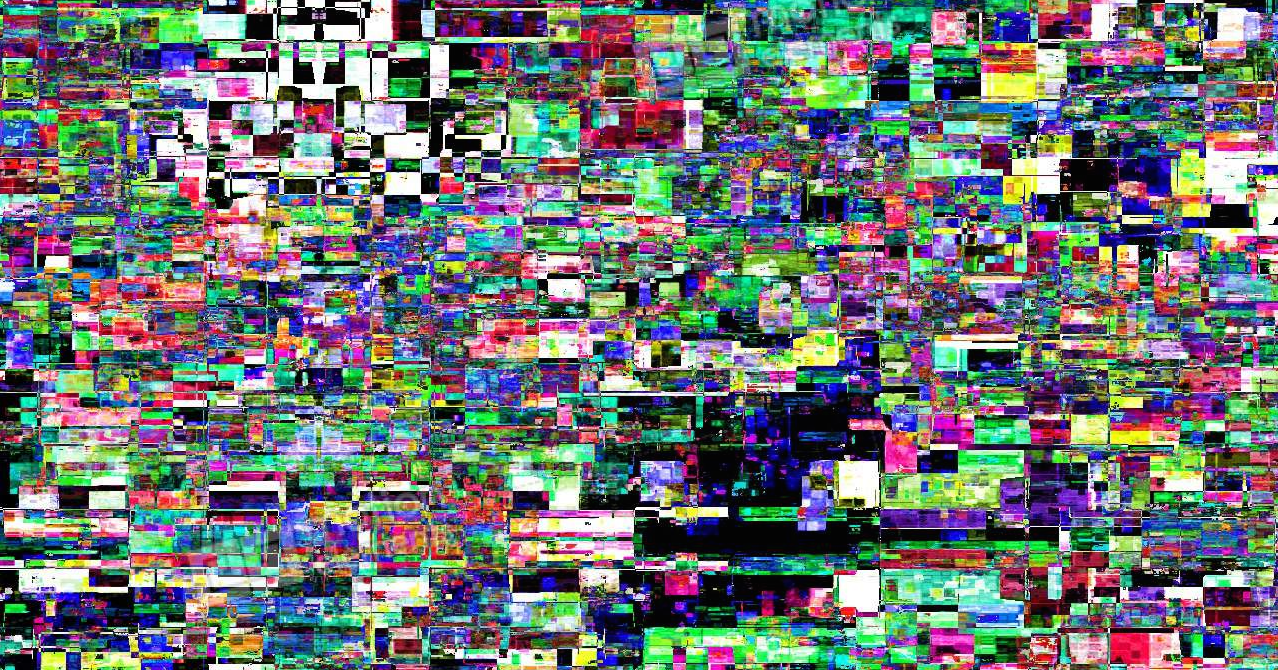Hello and welcome to No Signal Sound.
Collecting records and owning two turntables fills your head with ideas. The more records you buy, the more you come to realize the potential of each one to speak to another and collectively, to weave more detailed narratives that can only ever stay partly within your control. This partly is the magic part of the equation, and why it is magic itself to share the 'maths' of the mix. We know that sound can't belong to anyone. It just is. Bubbling up, constantly transforming and always finding its way through the narrowest of gaps. Whether seen in the hardcore Japanese fan-base Blur enjoyed during their 'quintessentially British' Parklife era, Kraftwerk's huge Indian following in the 70's and 80's or my two Mexican cousins' obsession with K and J-pop it is clear that human engagement with sound is chaotic. No rules, no guiding principles, no logic, no signal, just sound.
I have set up this page to invite you into the growing dialogue which exists between my record collection and myself. I hope you like it. Feel free to put your email address into the box at the top of the page to be notified when new mixes are ready.
My first mix is called "Essex Field Vibrations". It is mostly comprised of dub reggae tracks I have found at car boot sales in Essex over the past couple of months. Cycling 15 miles at 5am can be really painful but when you find a Prince Allah 7" for £1 or a Jamaican DJ-only pressing of King Tubbys Meets Rockers Uptown for 25p, it really does feel like there is a God.
The Gateway To Heaven (Or Hell)
A moment that comes to mind which defines this mix and to a large extent defines my thoughts on the power of dub reggae, came whilst I was watching Wong Kar-wai's 'In The Mood for Love' a few years back. In the film's final sequence, we follow Tony Leung's character as he visits the ruined monasteries of Angkor Wat, whispering the secret of his lost love into the ancient walls before covering it over with a clump of soil and turning to leave...
I've seen this closing sequence countless times before but this time around i'd spent the previous few months listening to dub reggae non-stop after picking up my first of many CD-R compilations from Bionic on Atlantic Road in Brixton (more information on him later!) Nonetheless, the music had clearly made its way deep enough into my subconscious to refract the meaning of those beautiful, arching stone corridors which the great director's camera tracks out of, peering up into them like a disbelieving child. In the film, the time is crucially of an indeterminate dusk or dawn, and in this incredible sequence, Wong Kar-wai, as he has done so many times, manages to express the ability of human loss, absence and dislocation to obliterate any conventional notion of time within a person's life. On-screen, everything echoes. A single boulder assumes the same scale at a temple, ancient walls seem designed to accommodate the secrets of the modern man and arching doorways dissolve limitlessly into new doorways. Time has slowed to a halt. Form is quietly deformed. A boulder is worth as much as a temple and a corridor as much as a doorway. Even in this 'heritage site', the original and the 'version' are almost impossible to differentiate. And this is where Bionic's dub reggae compilations came in...
The Boulder/Temple Paradox
Dub is largely about space. It is also about reduction. The vocals are largely gone. The terrain of a dub track is scattered with echoes, reverb and delay and it becomes a holding space of potentialities, for remnants of the 'original' to return as well as for new, unexpected elements to be introduced. It is the sound of 'successive time' caving in. Watching 'In The Mood For Love' back then, it also felt like a reflection of successive meaning dissolving - just as Wong Kar Wai's contemporary man dislocates himself from his motherland (a mid 60's Hong Kong itself under British colonial rule) in order to find spiritual renewal, a dub track in its very design lays itself open to interventions in the mind of the listener as much as the musician engaging with it to constantly renew itself as a site of meaning.
I'm playing with these ideas on this first mixtape. 'Essex Field Vibrations' is about trying to find a common ground between Jamaican immigrants making dub reggae in London in the 70's and feminist musicians reshaping improvisational jazz in the same era in the same city. It's about seeking out the correlations between political rastafarian philosophies on materialism and greed and the causes of the London riots in 2011. It's about remembering the fierceness of Aaron Schwartz, the insightfulness of Tony Benn and straight-up rightness of Nina Simone. It's also about sharing some of the most deadly records i've found scrambling about in the bottom of cardboard boxes over these past few months.
So, what exactly is the connection between Maggie Nicols' Female Improvisation Group and Dennis Bovell's earliest dub recordings made in the same city? How do Jean Genet's violent encounters on the back streets of Las Ramblas in the 1930's resonate with Jah Shaka's digital dub recordings made 50 years later? And the big question is: what's Lloyd Coxsone got to do with that little old lady from Dungeness?
The Little Old Lady from Dungeness & Lloyd Coxsone





